Hamsters are small, furry rodents that make popular pets for people of all ages. They are relatively easy to care for, and they can provide hours of entertainment. If you are thinking about getting a hamster, one of the first things you will need to do is purchase a cage. There are many different types of hamster cages available, so it is important to choose one that is the right size and has the right features for your hamster. In this article, we will discuss the different types of hamster cages available, as well as the features that you should look for when choosing a cage.
Seemore: Can a Hamster Eat a Strawberry?
Types of Hamster Cages
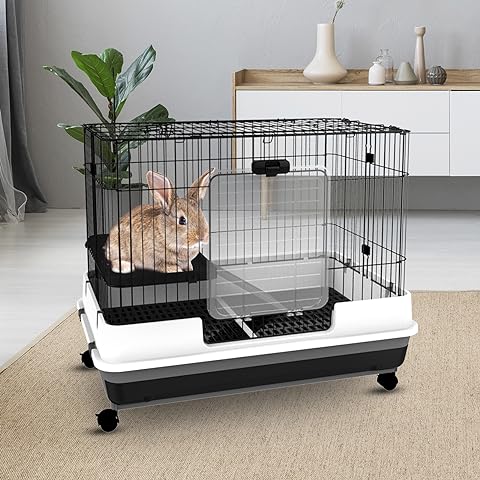
There are two main types of hamster cages: wire cages and plastic cages. Each type has its own advantages and disadvantages, so it is important to consider which one would be best for your hamster.
Wire Cages
Wire cages are the most common type of hamster cage. They are made of metal bars, and they have a plastic bottom. Wire cages are well-ventilated, and they allow your hamster to see out of the cage. This can be beneficial for socialization and stimulation. However, there are some downsides to wire cages.
Pros:
- Good ventilation
- Allows for visibility
- Can be customized with accessories
- Easy to find in pet stores
Cons:
- Noisy
- Difficult to clean
- Can cause injuries if not properly secured
- Not suitable for dwarf hamsters or those with small feet
Wire cages are a good option for larger hamsters, such as Syrian hamsters, who need more space to move around. They also provide plenty of opportunities for customization with toys and accessories. However, if you have a smaller hamster or live in a quiet household, the noise from a wire cage may be a concern.
Plastic Cages
Plastic cages are made of solid plastic and have a wire mesh top for ventilation. They are not as well-ventilated as wire cages, but they are quieter and easier to clean. Plastic cages are also less likely to rust, which is important if you live in a humid climate.
Pros:
- Quiet
- Easy to clean
- Less likely to rust
- Suitable for dwarf hamsters and those with small feet
Cons:
- Limited visibility
- Can become chewed or scratched over time
- May not provide enough space for larger hamsters
- Not as customizable as wire cages
Plastic cages are a good option for smaller hamsters, such as dwarf hamsters, who may feel overwhelmed in a larger wire cage. They are also a good choice for those who prefer a quieter environment and want a cage that is easy to maintain.
Features to Look for When Choosing a Hamster Cage
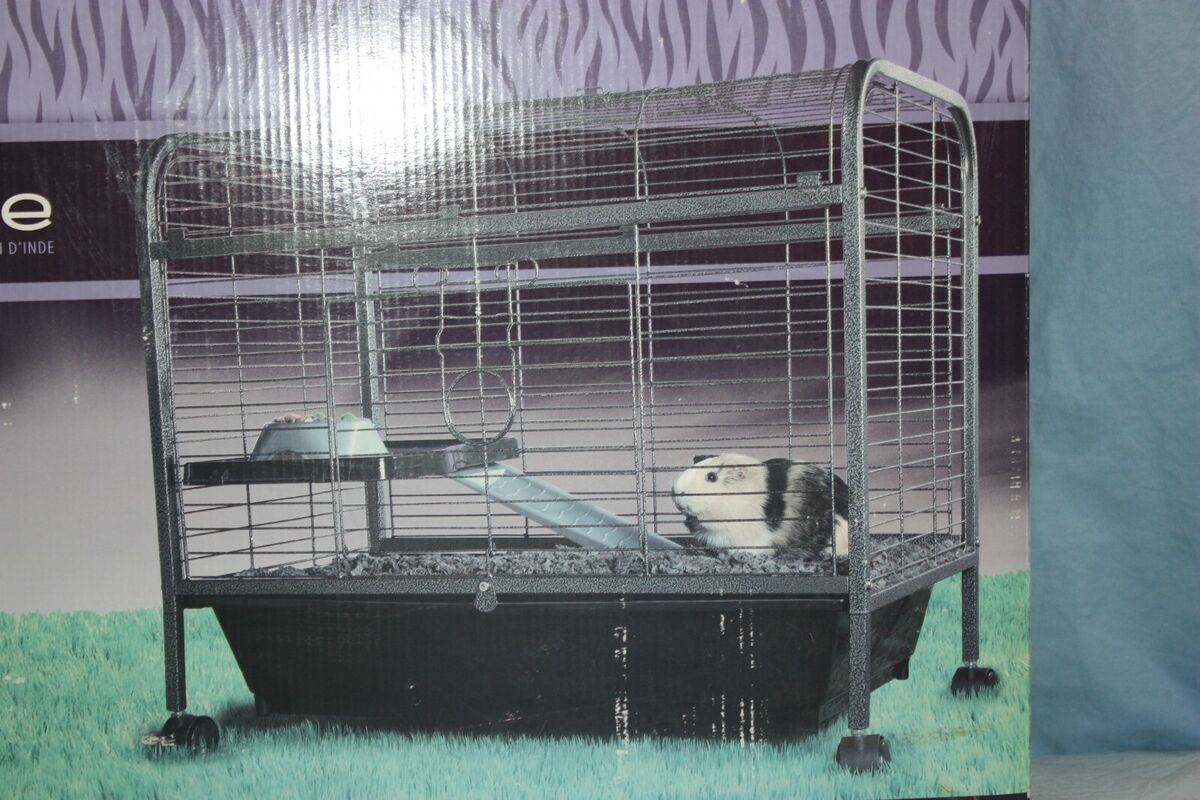
When choosing a hamster cage, there are a few features that you should look for to ensure the comfort and safety of your pet.
Size
The size of the cage is one of the most important factors to consider. A cage that is too small can lead to health issues and behavioral problems for your hamster. The general rule of thumb is that the cage should be at least 24 inches long by 12 inches wide, with a height of 12 inches. However, the more space you can provide for your hamster, the better. It is recommended to go for the largest cage possible within your budget and available space.
Bar Spacing
For wire cages, it is important to pay attention to the spacing between the bars. The bars should be no more than ½ inch apart to prevent your hamster from escaping or getting stuck. For plastic cages, make sure the wire mesh on the top is securely attached and has small enough holes to prevent your hamster from squeezing through.
Material
The material of the cage is also important to consider. As mentioned earlier, wire cages can be noisy and difficult to clean, while plastic cages may not provide enough ventilation. It is important to find a balance between these factors and choose a cage that is made of durable and safe materials.
Accessories
Hamsters are active animals and need plenty of stimulation and exercise. Look for a cage that has enough space for toys, tunnels, and a wheel. These accessories will keep your hamster entertained and help them stay physically and mentally healthy.
Ease of Cleaning
Cleaning your hamster’s cage is an essential part of their care routine. Look for a cage that is easy to disassemble and clean. Wire cages may require more effort to clean due to their design, while plastic cages can be easily wiped down with a disinfectant.
Price
Last but not least, consider the price of the cage. While it may be tempting to go for the cheapest option, keep in mind that a good quality cage will last longer and provide a better living environment for your hamster. It is worth investing in a high-quality cage that meets all the necessary requirements for your pet’s well-being.
Choosing the Right Cage for Your Hamster
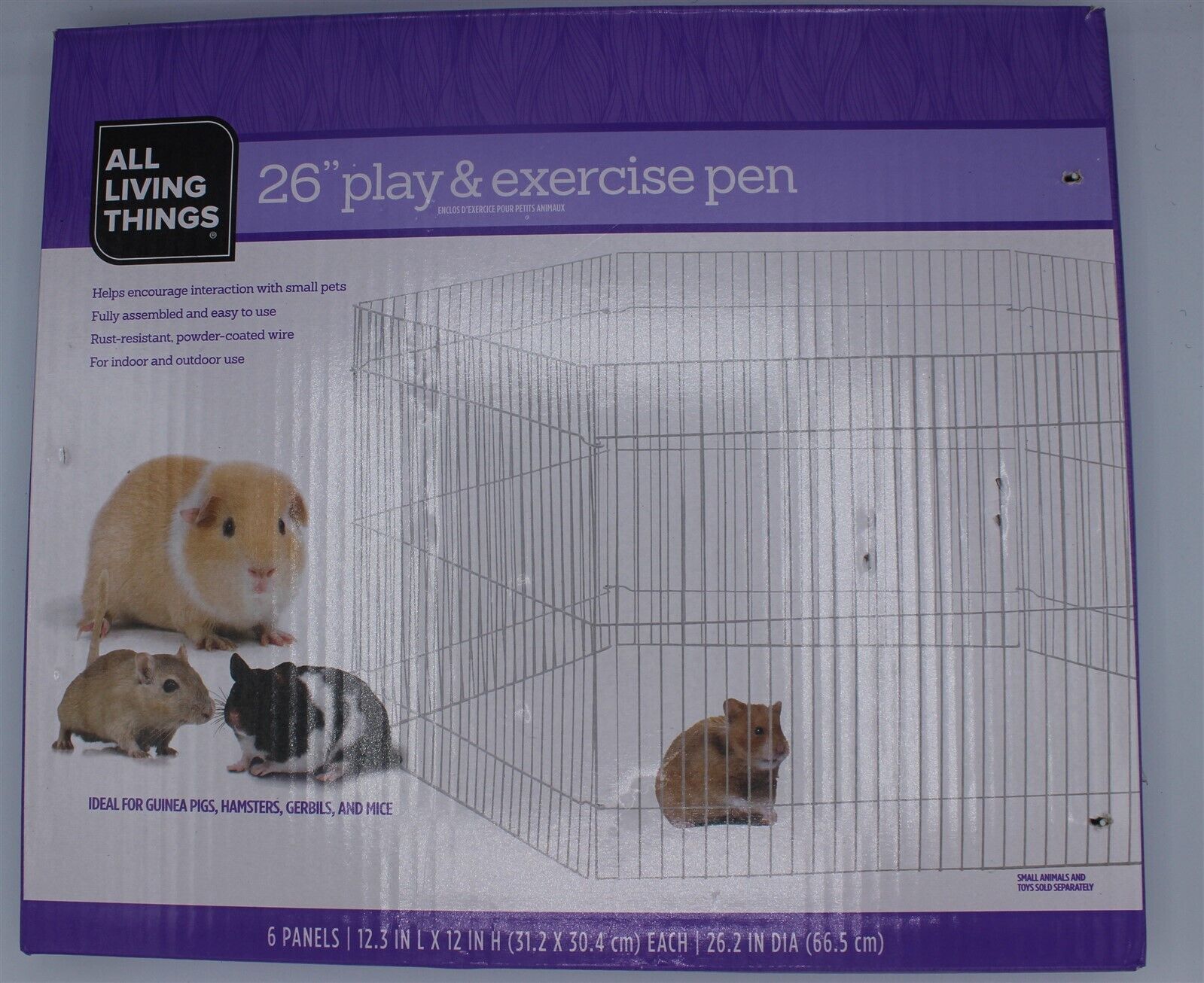
Now that you know about the different types of hamster cages and the features to look for, it’s time to choose the right one for your furry friend. Here are some tips to help you make the best decision:
- Consider the size and breed of your hamster. Larger breeds, such as Syrian hamsters, will need a bigger cage than smaller breeds like dwarf hamsters.
- Think about your budget and available space. It’s important to find a cage that fits your budget and can comfortably fit in your home.
- Research different brands and read reviews from other hamster owners. This can give you a better idea of the quality and durability of different cages.
- If possible, visit a pet store and see the cages in person. This will give you a better idea of the size, material, and overall design of the cage.
Recommended Hamster Cages
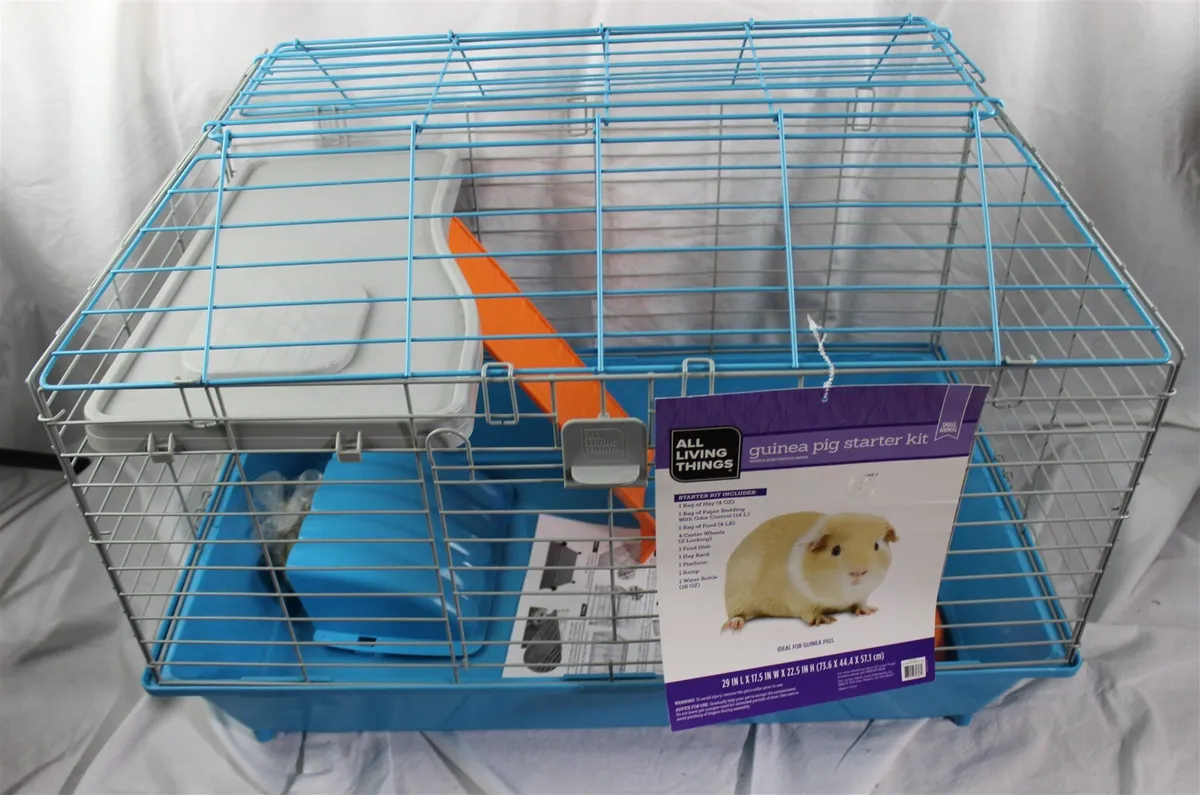
To make your search for the perfect hamster cage easier, we have compiled a list of some of the best options available on the market.
| Cage Name | Type | Size (inches) | Bar Spacing (inches) | Material | Price |
|---|---|---|---|---|---|
| Kaytee CritterTrail 2-Level Habitat | Plastic | 20 x 11.5 x 16 | N/A | Plastic | $39.99 |
| Prevue Pet Products 528 Universal Small Animal Home | Wire | 32.5 x 19 x 17.5 | ⅜ | Metal and plastic | $79.99 |
| Ferplast Favola Hamster Cage | Plastic | 23.6 x 14.4 x 11.8 | N/A | Plastic | $59.99 |
| Living World Deluxe Habitat | Wire | 46.9 x 22.8 x 24 | ½ | Metal and plastic | $119.99 |
| Habitrail Cristal Hamster Habitat | Plastic | 16 x 10 x 9.5 | N/A | Plastic | $29.99 |
*Prices may vary depending on location and retailer.
Conclusion
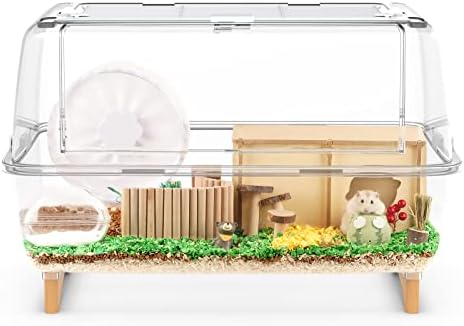
Choosing the right cage for your hamster is an important decision that can greatly impact their health and well-being. Consider the size, type, and features of the cage before making a purchase. Remember to also regularly clean and maintain the cage to ensure a safe and comfortable living environment for your furry friend. With the right cage, your hamster will be able to thrive and provide you with endless joy and entertainment.
Introduction Hamsters and the Importance of a 450 Square Inch Cage
Best Hamster Cage A Comprehensive Guide

